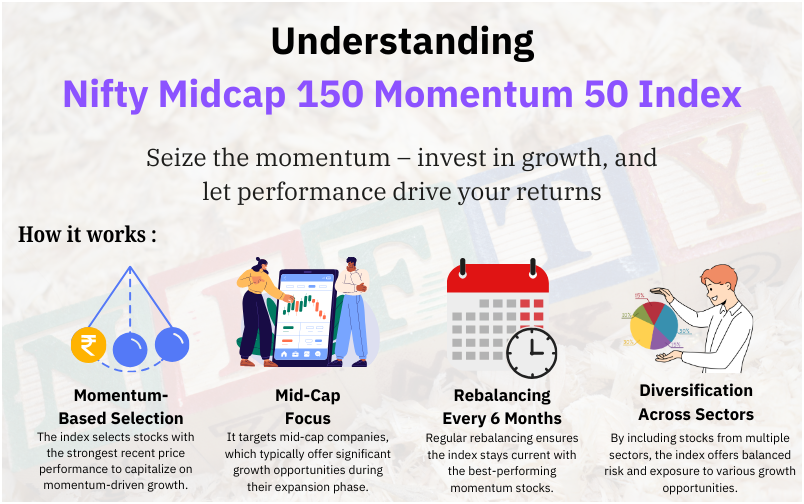Quantitative investing is an approach that relies on data, algorithms, and mathematical models to inform investment decisions. In contrast to traditional investing, which often involves subjective decision-making based on qualitative factors such as company leadership and market trends, quantitative investing uses rigorous data analysis to identify opportunities and manage risk. With the advent of advanced computing power and sophisticated algorithms, quantitative investing has become an essential strategy for institutional investors and has also opened doors for individual investors to access data-driven methods.View more about investing in general.
Understanding Quantitative Investing
Quantitative investing can be broadly defined as the use of mathematical and statistical models to guide investment decisions. The key principle behind quantitative investing is that data-driven strategies can offer a more objective and efficient way to identify market trends and manage portfolios. These strategies often rely on historical market data, financial metrics, and other data sources to develop models that predict future price movements or identify mispricings in the market.
Unlike traditional investing, where a stock might be chosen based on qualitative research, such as analyzing a company’s management team or prospects, quantitative investing focuses purely on the data. By removing human biases from the decision-making process, quantitative investing offers a systematic approach that is less subject to emotional swings or subjective opinions.
The growth of this method can be attributed to advancements in technology, particularly in the fields of machine learning and artificial intelligence (AI). These technologies have made it possible to analyze vast amounts of data much more efficiently than ever before.
Key Components of Quantitative Investing
To understand the core of quantitative investing, it’s important to recognize the main components that drive this strategy. The most prominent elements include data analysis, mathematical models, and statistical techniques. Each of these components plays a critical role in the formulation and execution of quantitative strategies.
Investors rely on a variety of data sources, from stock prices and volume data to financial statements, economic indicators, and alternative data like satellite images or social media sentiment. This data is collected, processed, and cleaned to ensure it is accurate and consistent, making it ready for analysis.
Once the data is prepared, mathematical models and algorithms are used to process it. These models are designed to uncover patterns or relationships within the data that can be used to make predictions or inform investment decisions. Common models include factor models, which identify and analyze market factors that drive asset returns, and machine learning algorithms, which can adapt and improve over time as more data is fed into the system.
The Quantitative Investing Process
The first stage of the process is data collection. Investors gather historical price data, fundamental data from company reports, economic indicators, and even alternative data sources, such as sentiment analysis from news outlets or social media platforms. This data must be cleaned and processed before it can be used in any model, which often involves handling missing data, eliminating outliers, and ensuring the data is consistent.
Once the data is prepared, quantitative investors move on to model development. In this stage, algorithms and mathematical models are constructed based on the data. These models are designed to identify patterns or correlations that can help predict future market behavior. For instance, a model might identify that stocks with a certain earnings-to-price ratio tend to outperform others over time.
Backtesting is a critical part of the model development process. It involves running the model against historical data to assess its performance and refine it based on the results. Backtesting helps ensure that a model will be effective in live market conditions. However, one must be cautious of overfitting the model, where it performs well on past data but fails to generalize to future conditions.
Popular Quantitative Strategies
There are various quantitative strategies that investors use, each with its own set of goals and methodologies. One of the most popular strategies is factor investing, which involves constructing a portfolio based on certain factors that are believed to drive asset returns. Common factors include value (stocks that are undervalued relative to their fundamentals), momentum (stocks that have recently performed well), and quality (stocks from companies with strong financials and low debt).
Another popular quantitative strategy is statistical arbitrage. This involves exploiting pricing inefficiencies in the market through short-term trading. For example, a statistical arbitrage strategy might involve identifying pairs of stocks that historically move in correlation, and betting that a temporary deviation in their price relationship will revert to the mean.
Conclusion
Quantitative investing offers a systematic and data-driven approach to investing that minimizes emotional biases and maximizes efficiency. By leveraging advanced algorithms, statistical models, and vast amounts of data, investors can make more informed decisions and manage risk more effectively. While there are challenges, such as data quality and regulatory concerns, the benefits of quantitative investing make it an attractive option for both institutional and retail investors.




